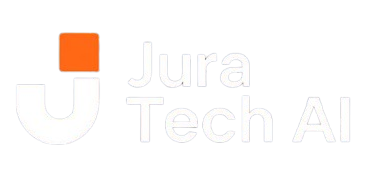Predictive Analytics: Staying Ahead of Market Trends
Anticipating the Future
Predictive analytics is transforming how businesses plan and operate. By leveraging historical data and AI algorithms, organizations can forecast trends, identify opportunities, and mitigate risks, staying one step ahead of their competition.
How Predictive Analytics Works
- Data Collection:
- Gather data from multiple sources, including sales, customer behavior, and market trends.
- Example: A retail business used transaction data to predict peak sales periods.
- Data Modeling:
- Use machine learning algorithms to identify patterns and make predictions.
- Example: A logistics firm predicted shipment delays based on weather patterns, reducing delivery times by 20%.
- Implementation:
- Apply predictions to guide business decisions, such as inventory planning, marketing campaigns, or product launches.
Applications Across Industries
- Retail: Forecasting demand for better inventory management.
- Healthcare: Predicting patient readmissions to optimize care plans.
- Finance: Assessing credit risk and fraud detection.
Conclusion
Predictive analytics doesn’t just analyze the past—it shapes the future. Businesses that adopt this technology are equipped to navigate market changes with confidence and precision.

